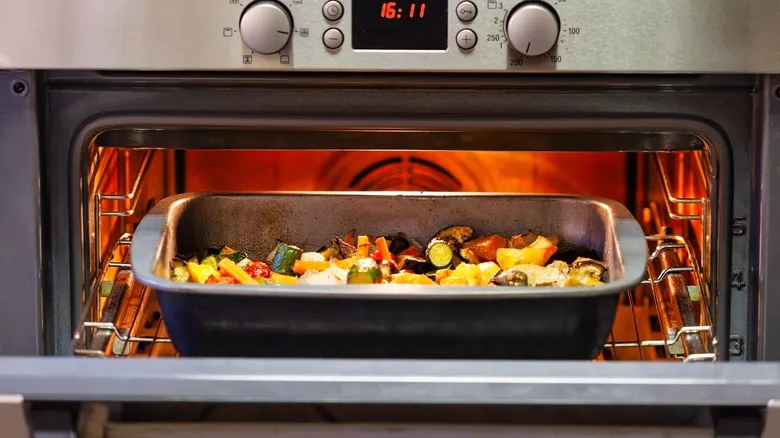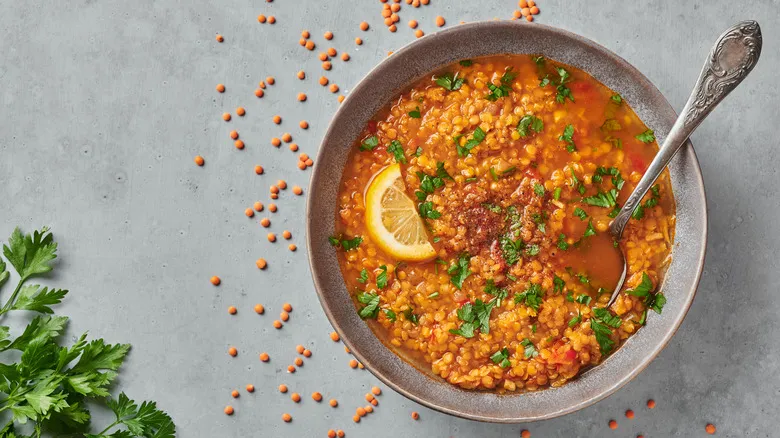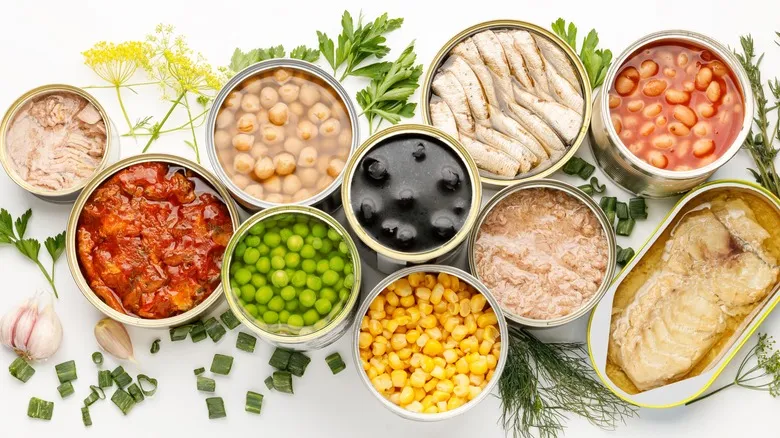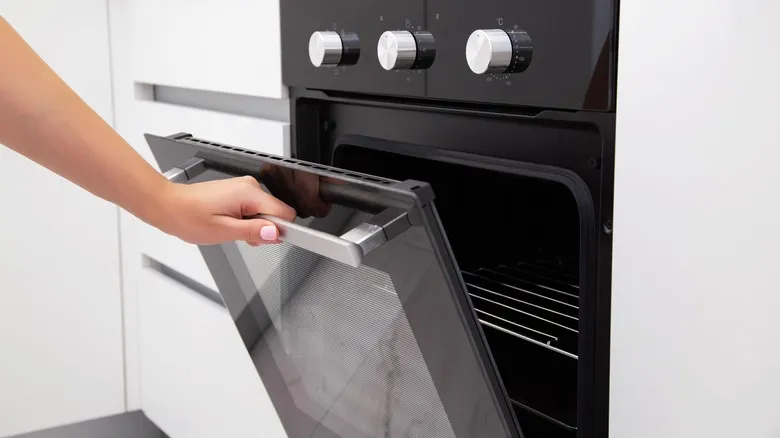The difference between convection and conventional bake

The primary distinction between a convection oven and a traditional baking oven lies in the way heat is distributed. A conventional oven typically has two heat sources located at the top and bottom. In contrast, a convection oven features an additional heat source and a fan that circulates the heat throughout the oven. This airflow allows for a more uniform temperature across the entire oven.
The even heat distribution in a convection oven enables food to cook more rapidly and uniformly compared to a standard oven, making it particularly suitable for baking on multiple racks. In a traditional baking oven, the distance from the upper or lower heat source can influence cooking speed, potentially causing certain areas of the food to brown too quickly or dry out before the rest is fully cooked. However, with a convection oven, you can use both racks without concern for uneven cooking. If you're uncertain whether your oven is conventional or convection, check for a convection setting; a standard baking oven will lack this feature and the fan mechanism.
How to use your convection oven

While using the convection setting on your oven can be intimidating, it is quite effective. Many recipes provide baking and roasting guidelines for conventional ovens, which can make transitioning to convection cooking a bit tricky. However, the benefits are significant, particularly for certain dishes. Convection ovens excel at roasting meats such as chicken, turkey, and ham. The consistent heat circulation creates a wonderfully crisp exterior while keeping the interior moist and flavorful. They are also great for achieving perfectly roasted vegetables. Additionally, buttery pie crusts and various baked goods turn out beautifully with convection cooking. On the other hand, it’s not the best choice for delicate cakes and flans.
To adapt standard recipe instructions for a convection oven, some calculations are necessary. Since convection cooking is quicker, you can reduce the cooking time by 25%. Alternatively, you can maintain the same cooking time but lower the temperature by 25 degrees. In some instances, no adjustments are needed if your convection oven features an automatic adjustment function that handles this for you.
Recommended

Why Tin Foil Is Safe In The Air Fryer, But Not The Microwave

The Right Way To Make Daal In An Instant Pot According To A Pro

There's A Safer Way To Open Canned Foods

Why You Need An Ice Cream Fork And Where You Can Buy One
Next up

